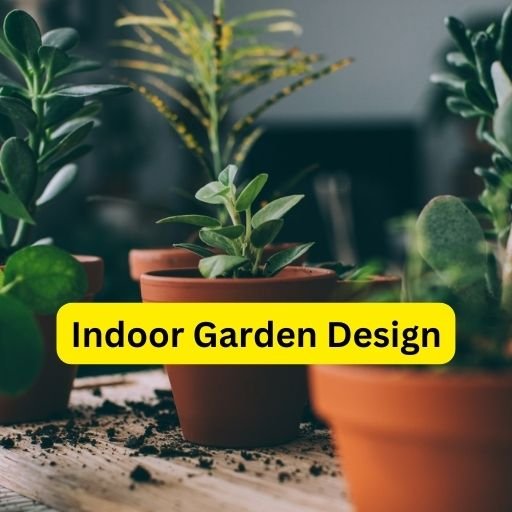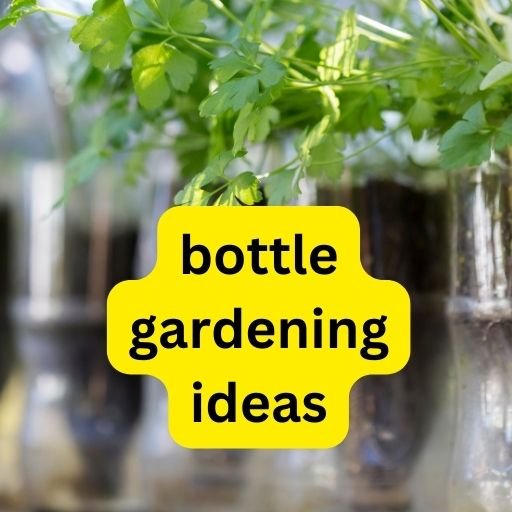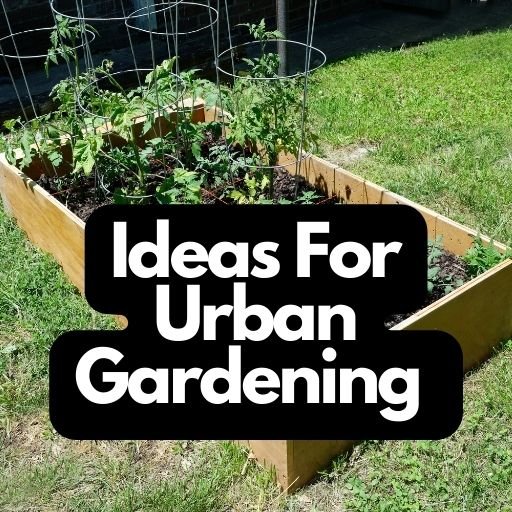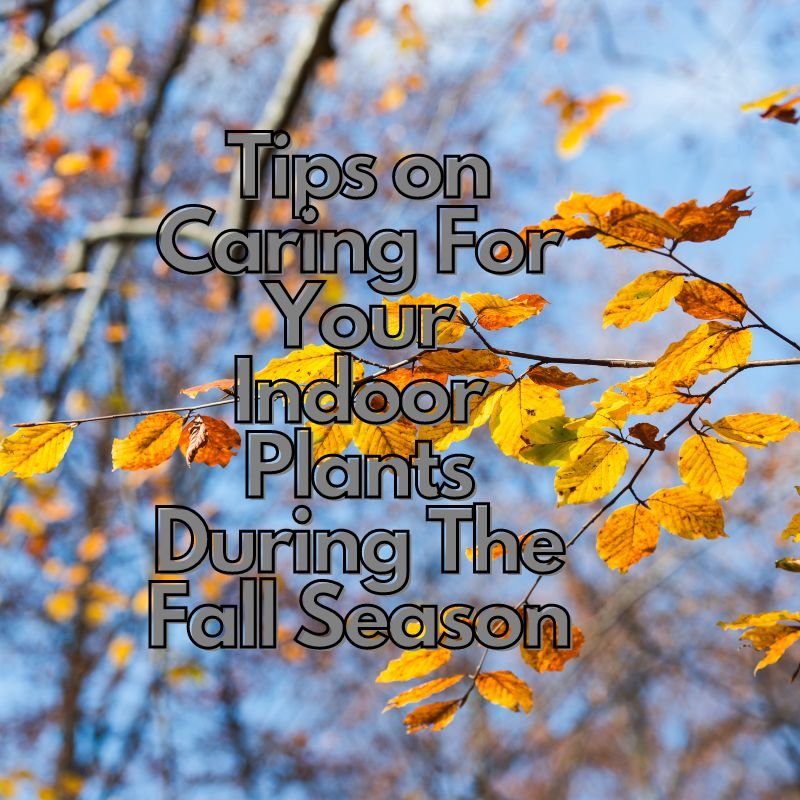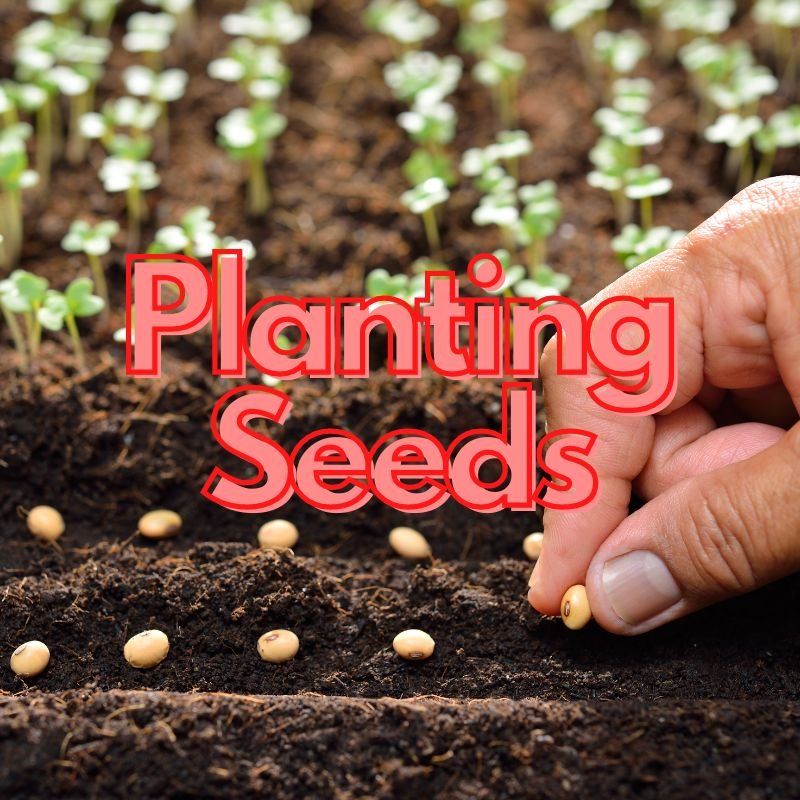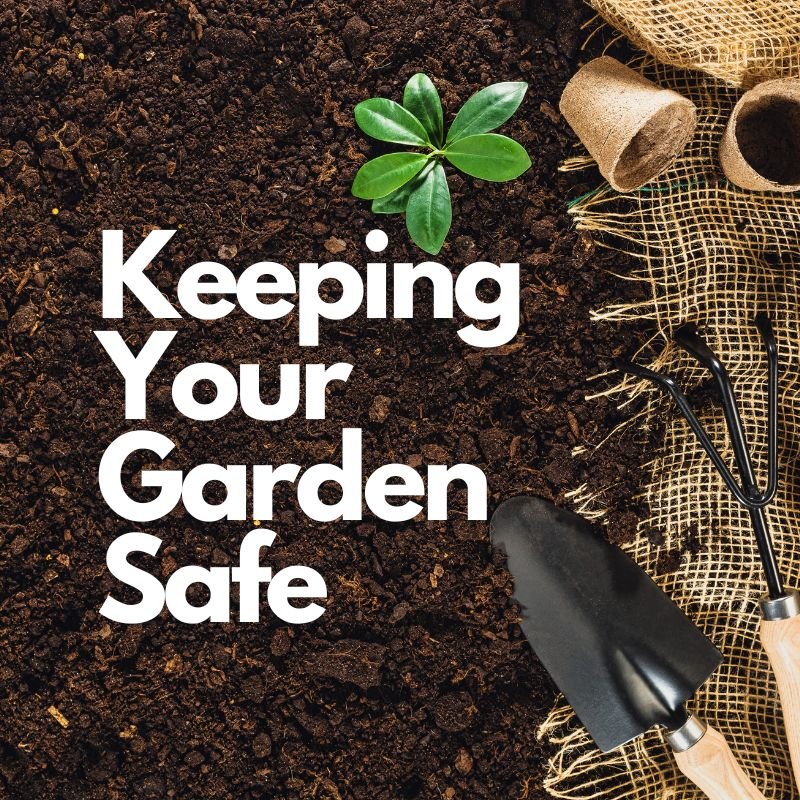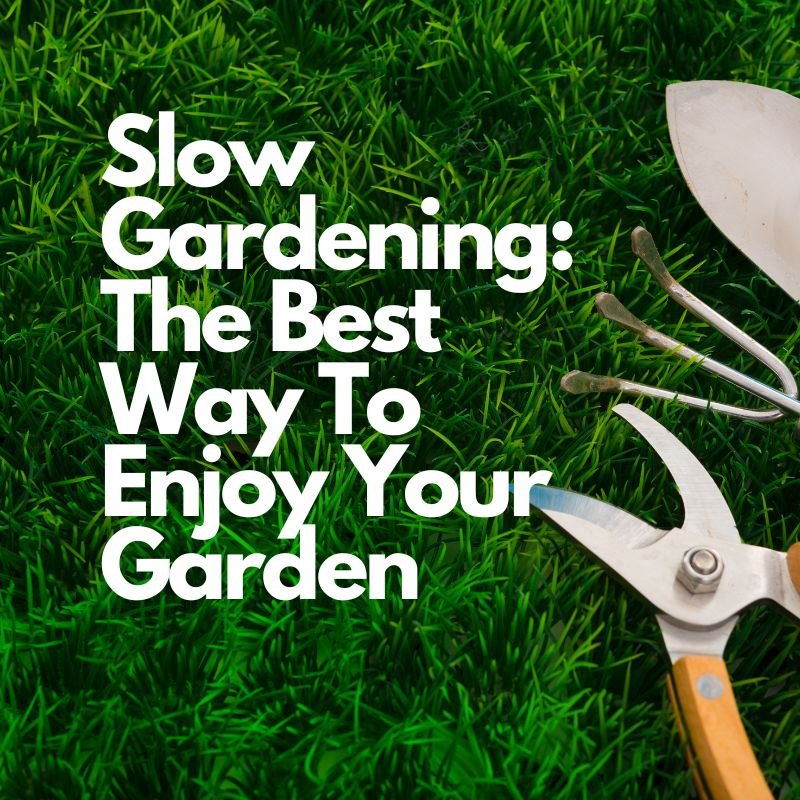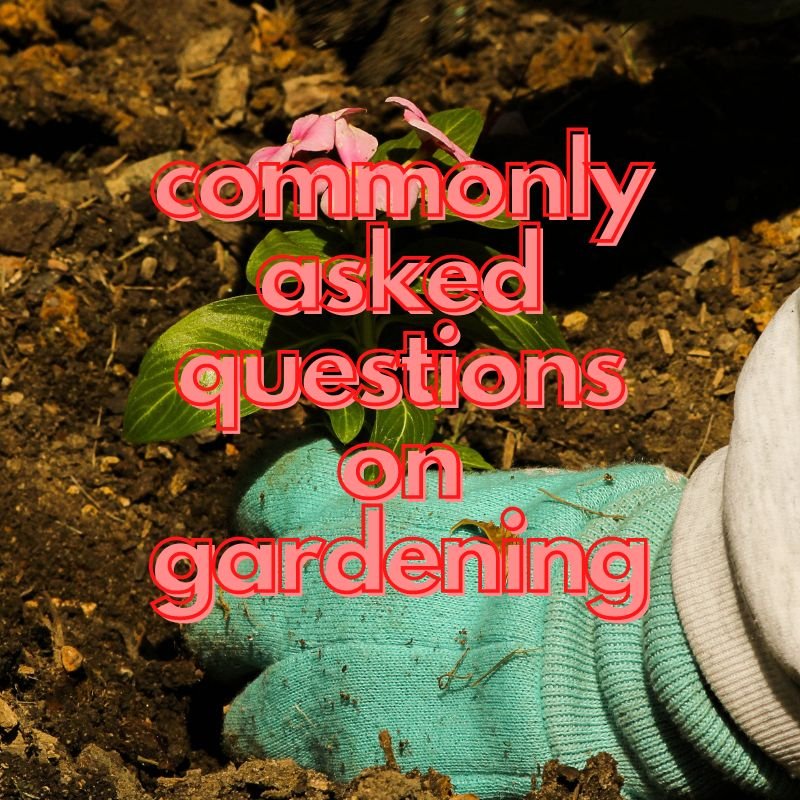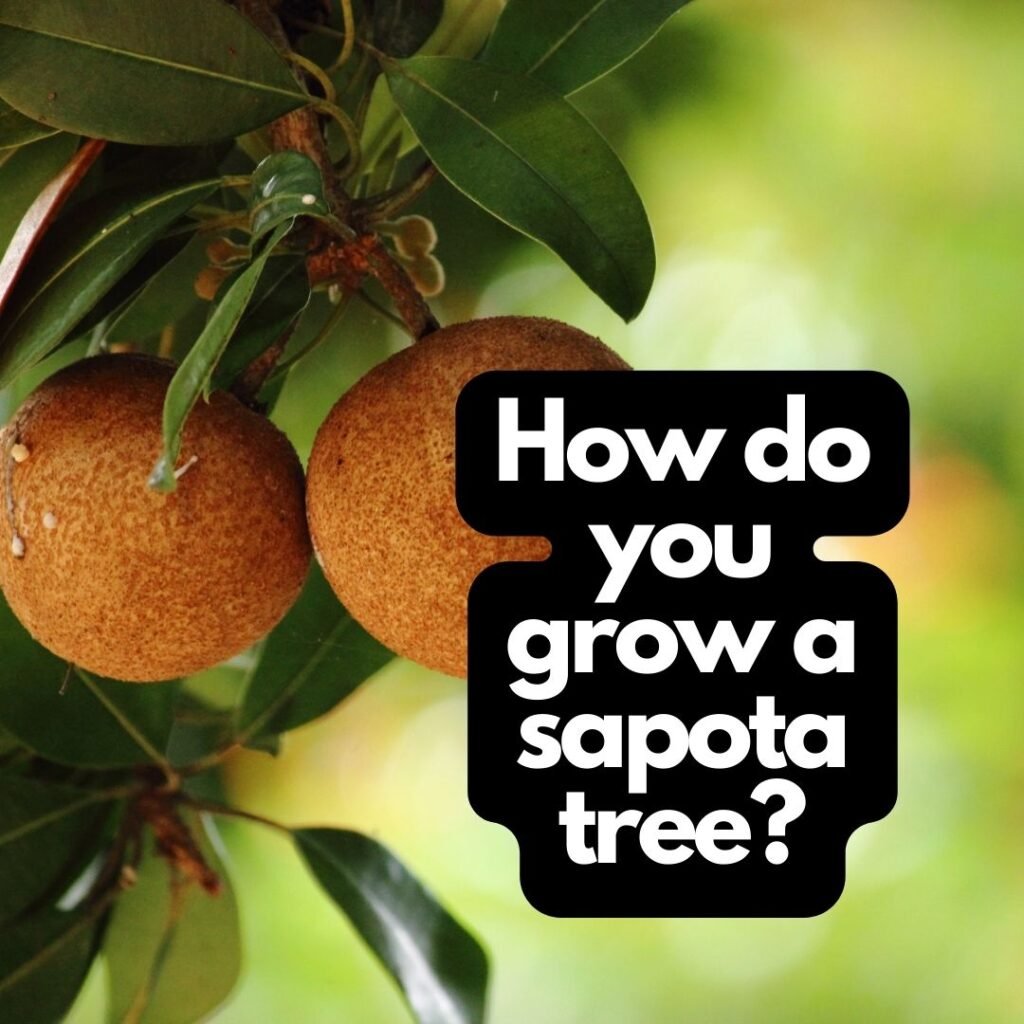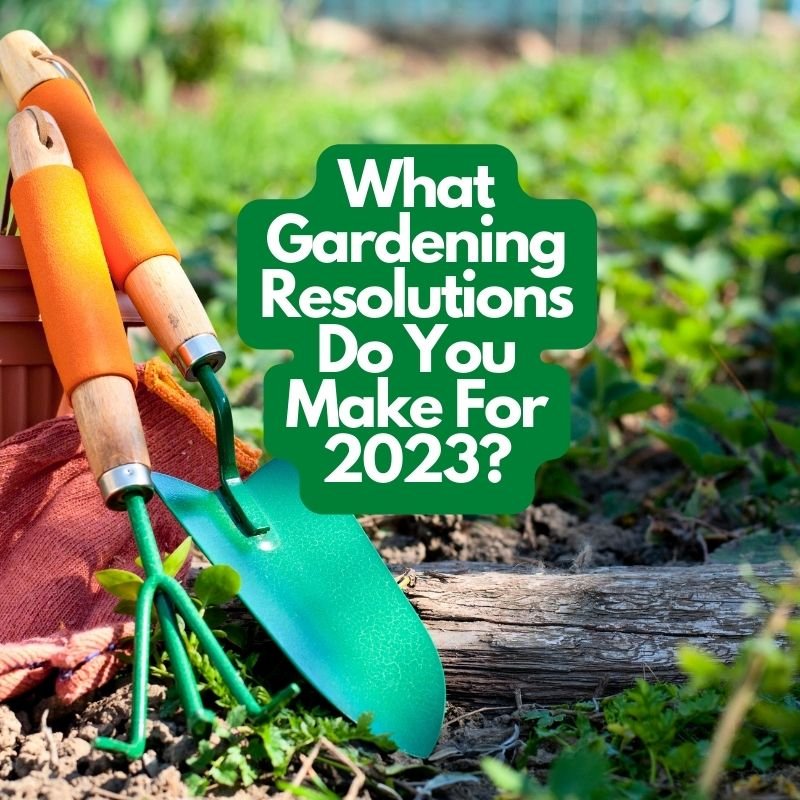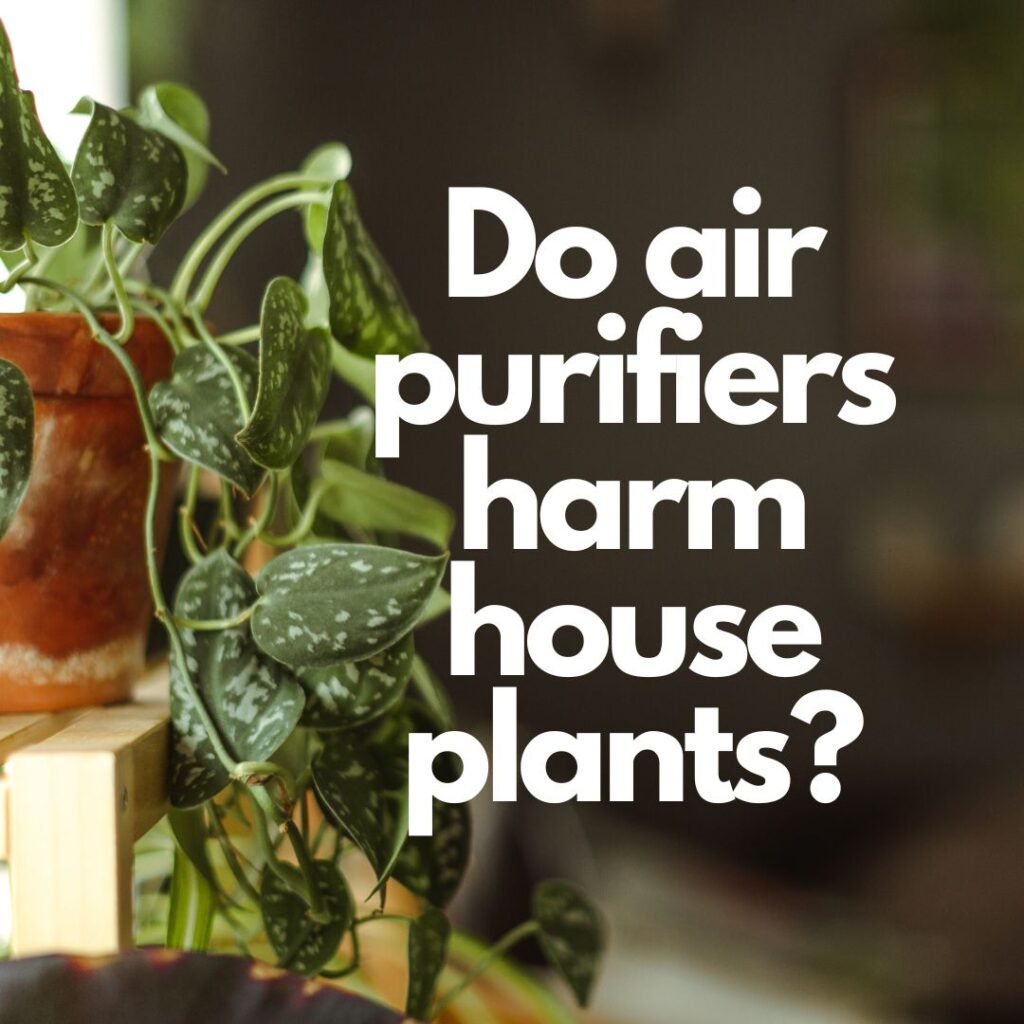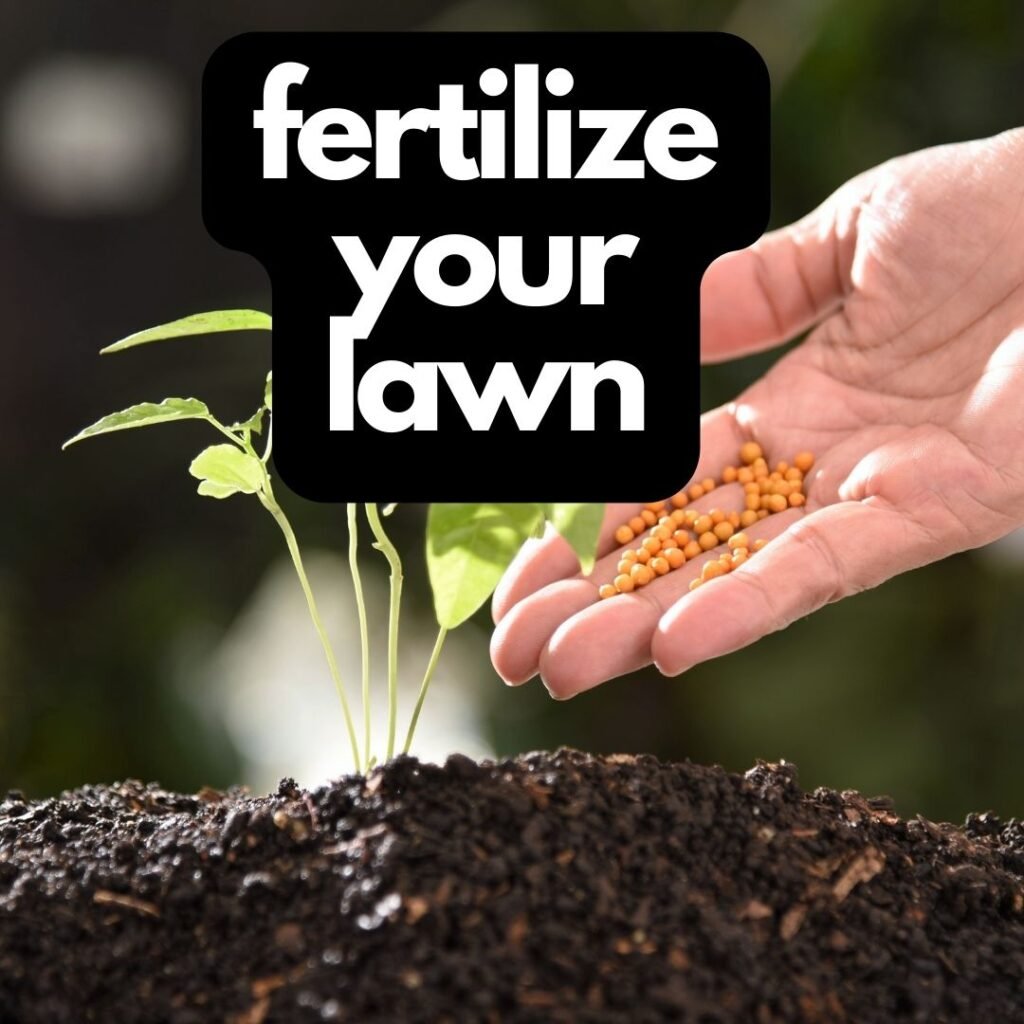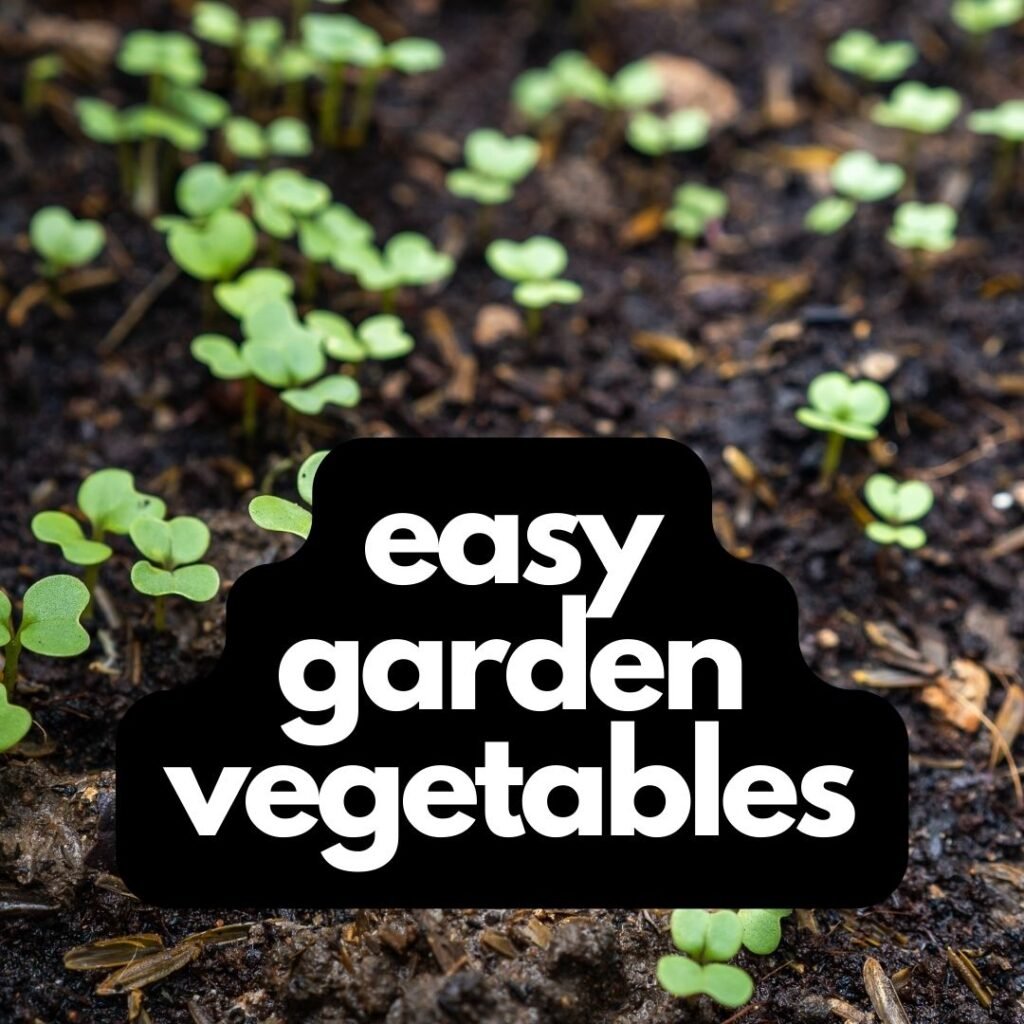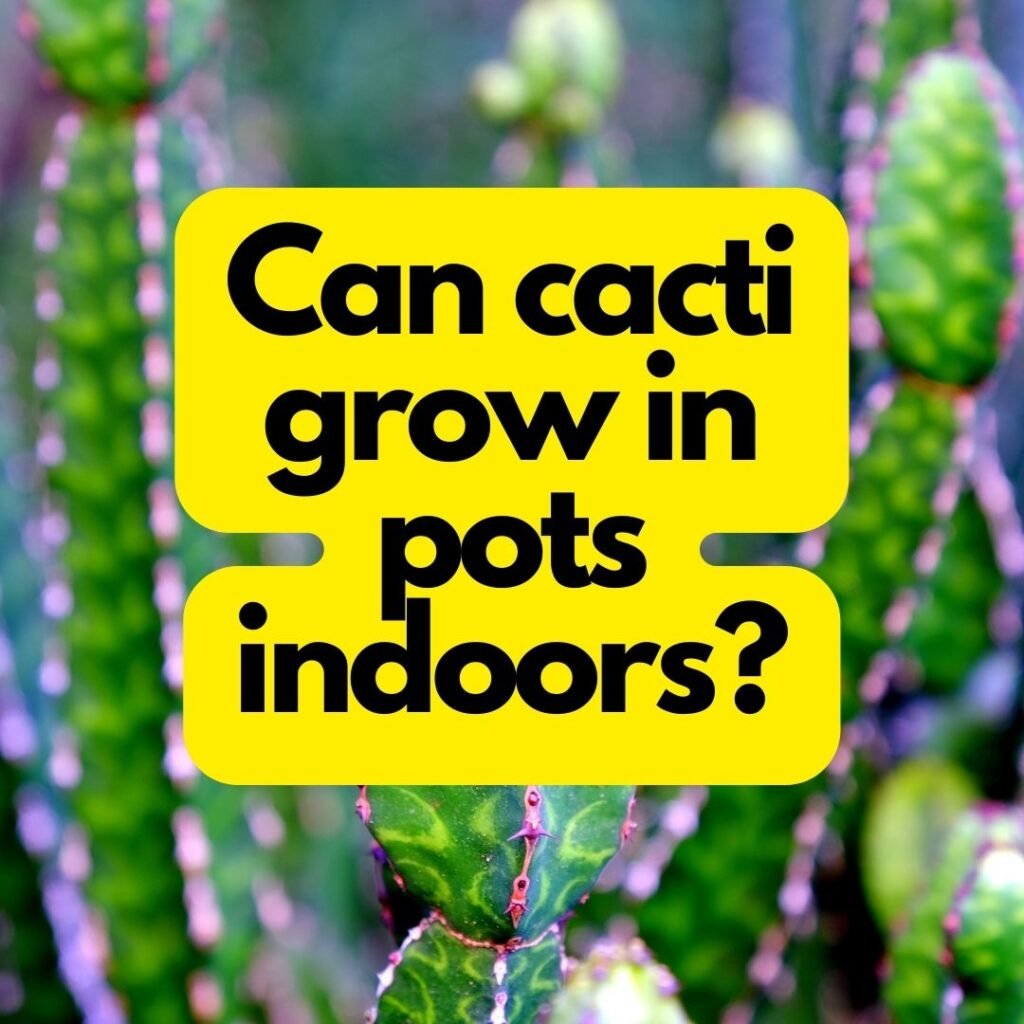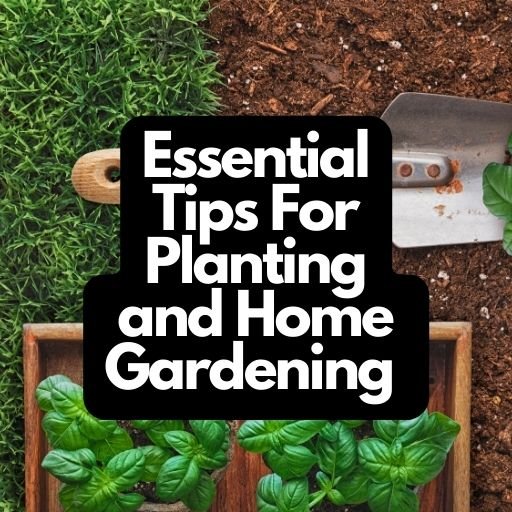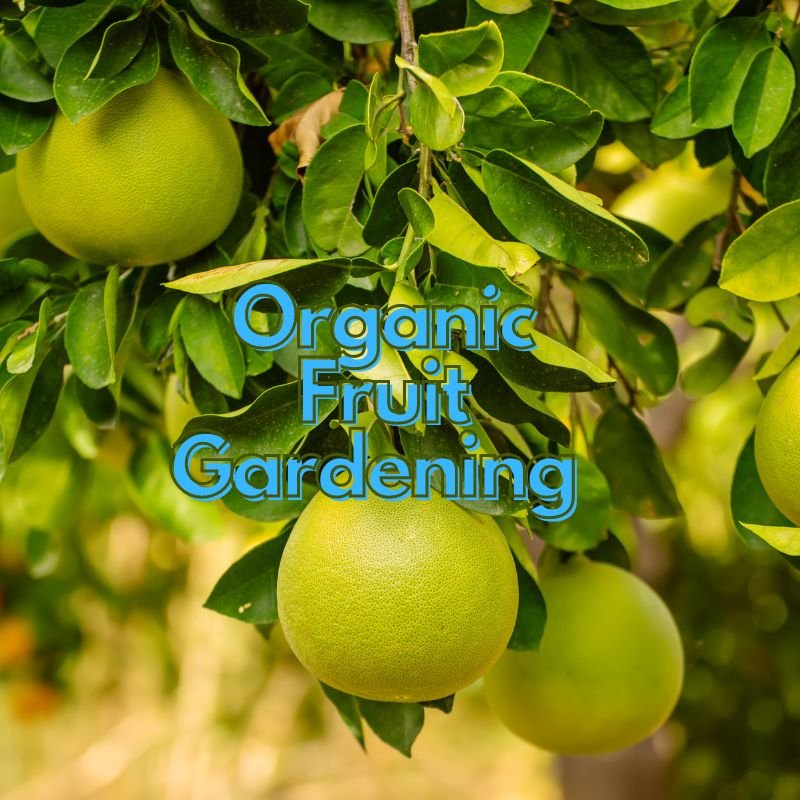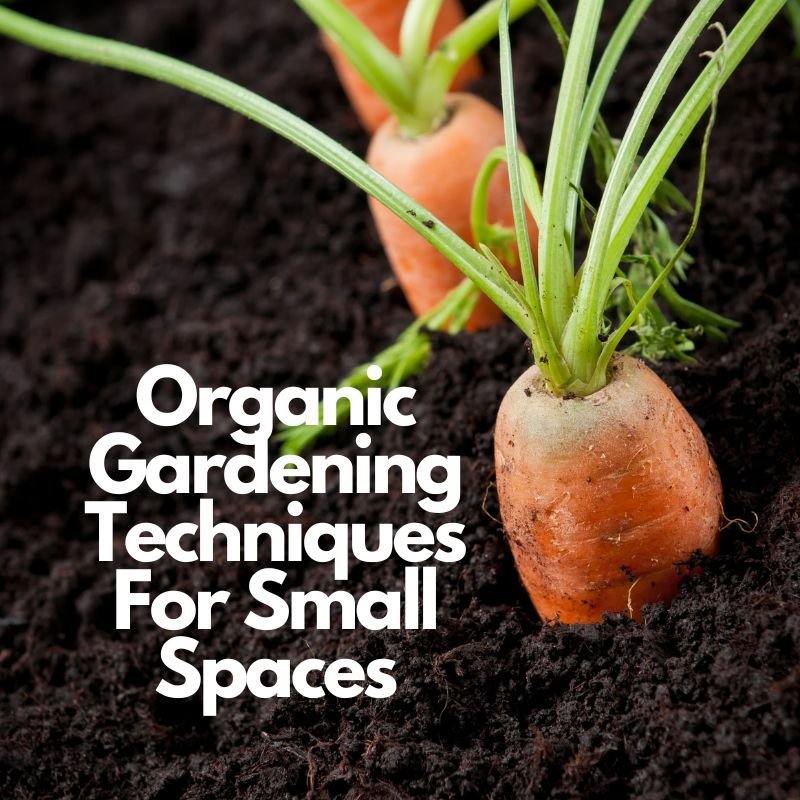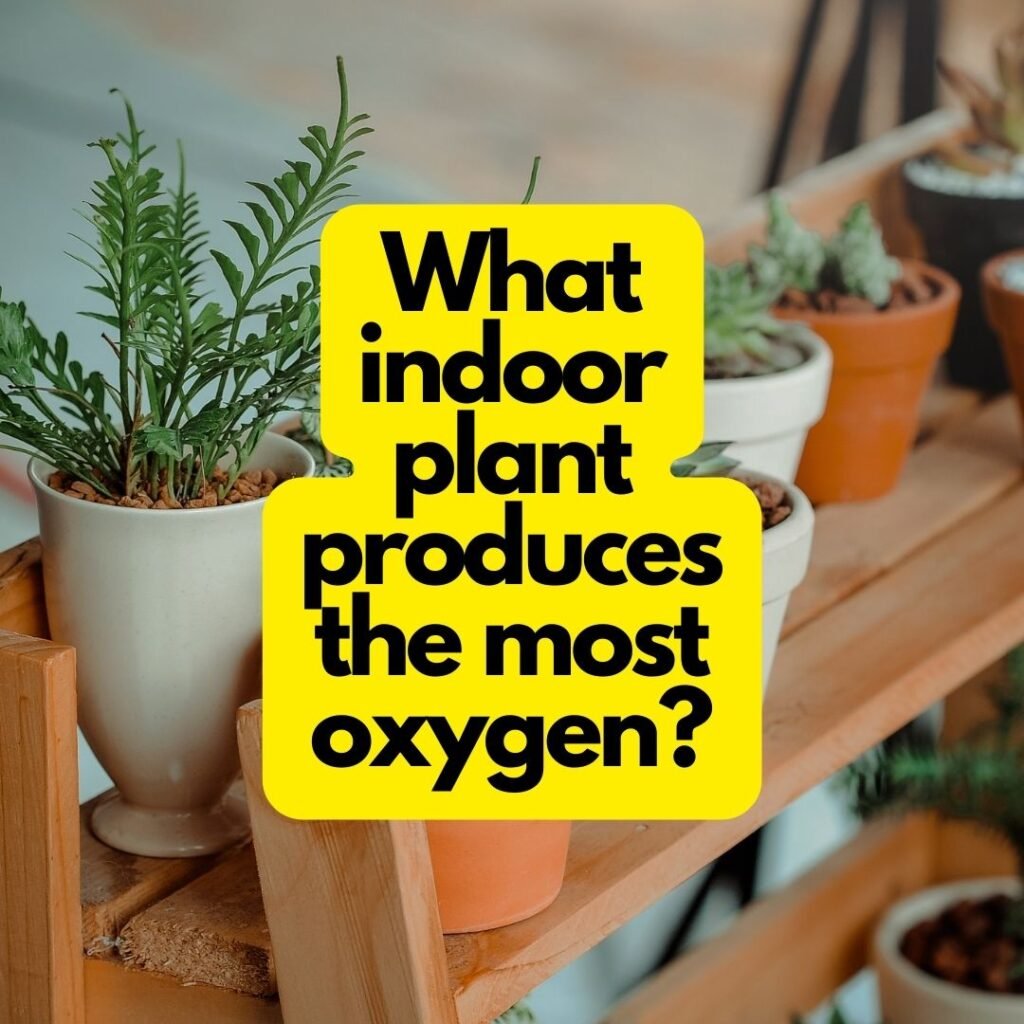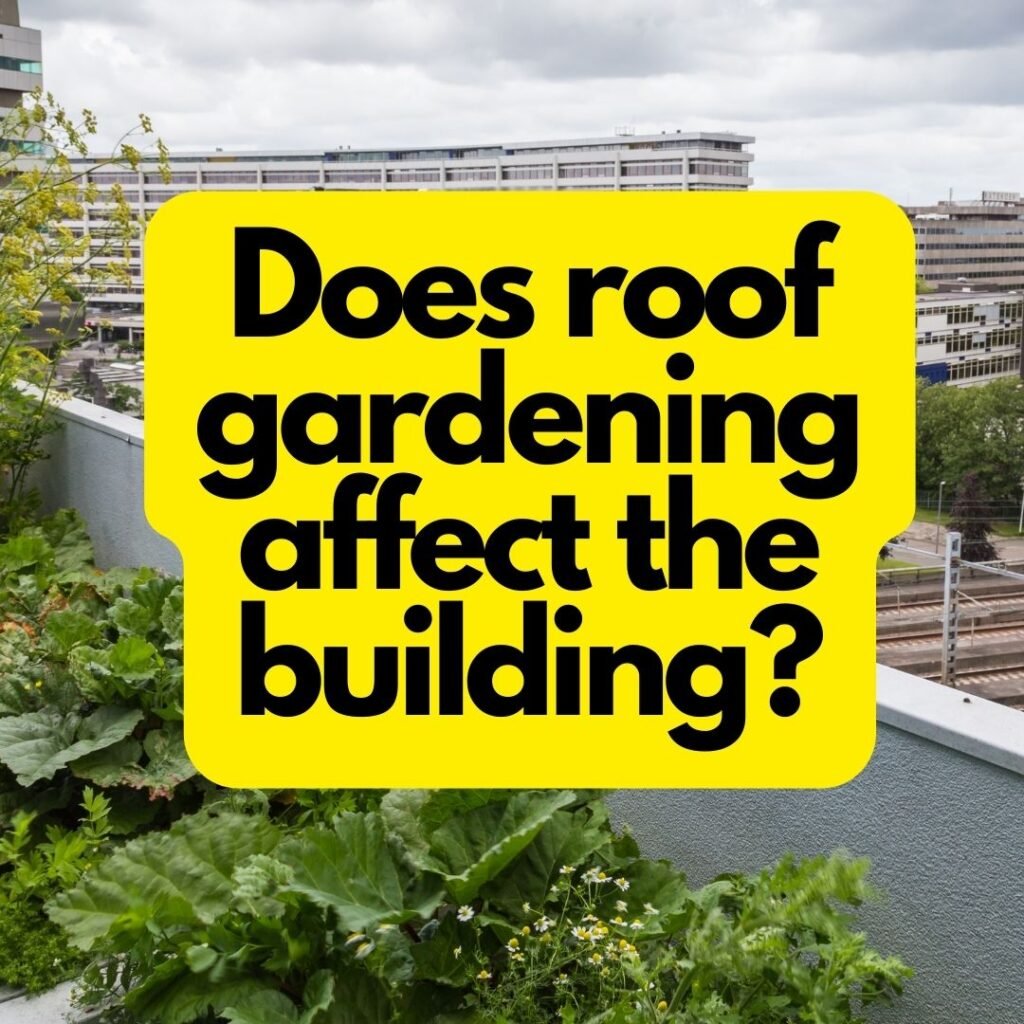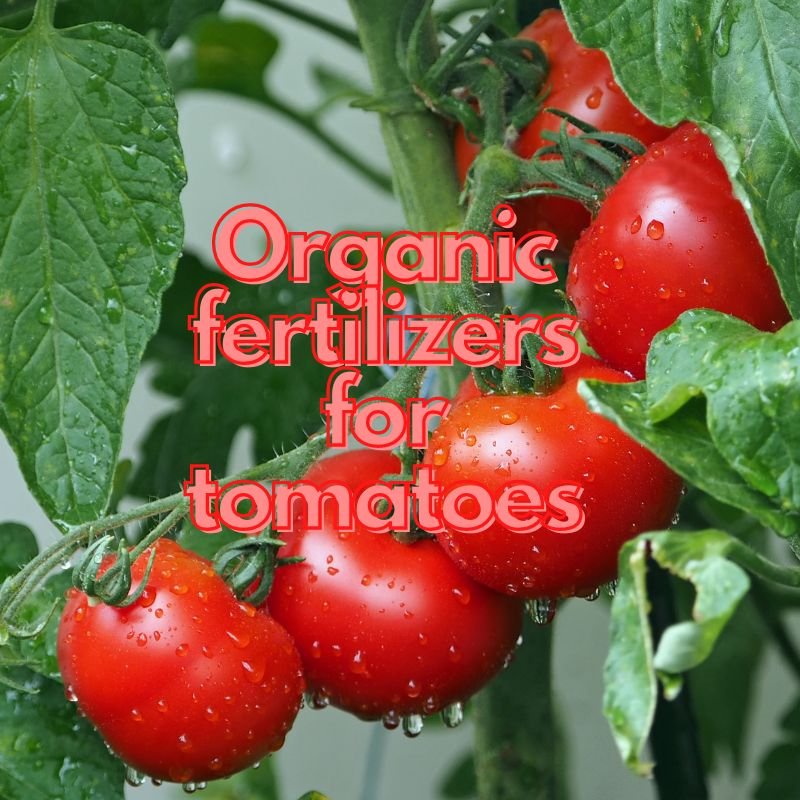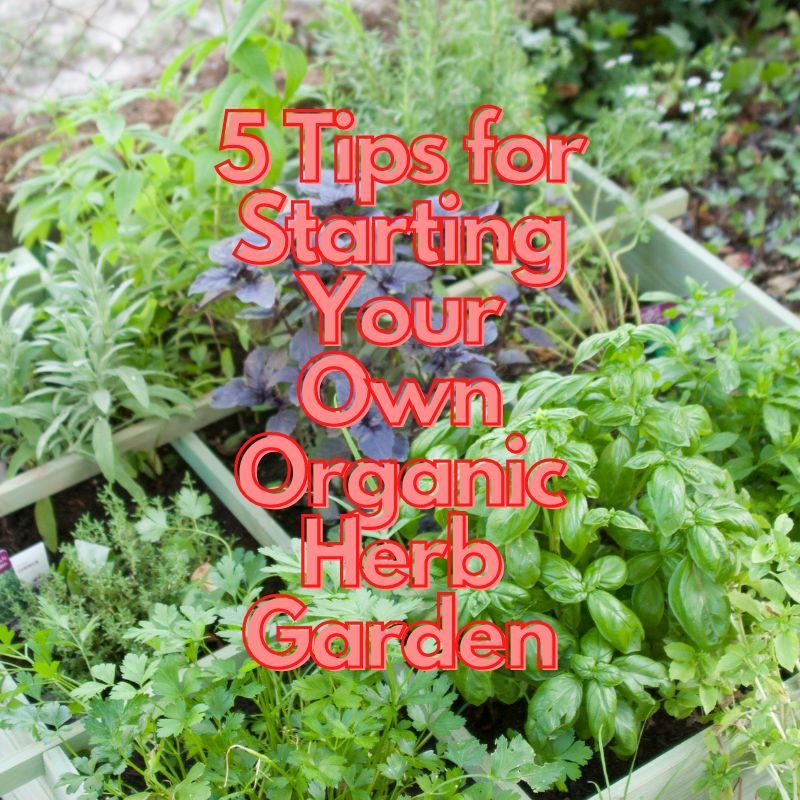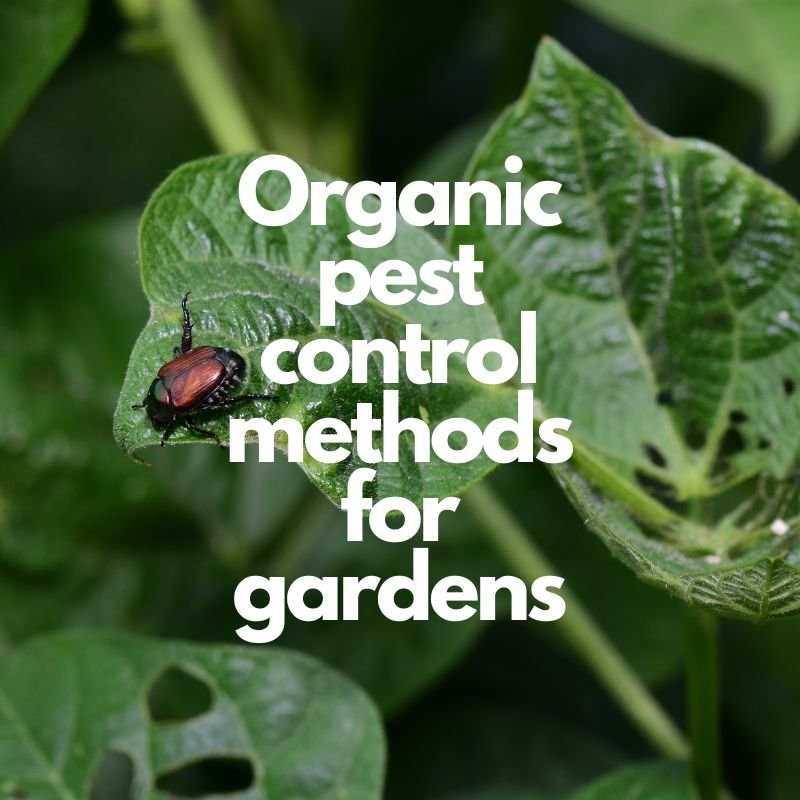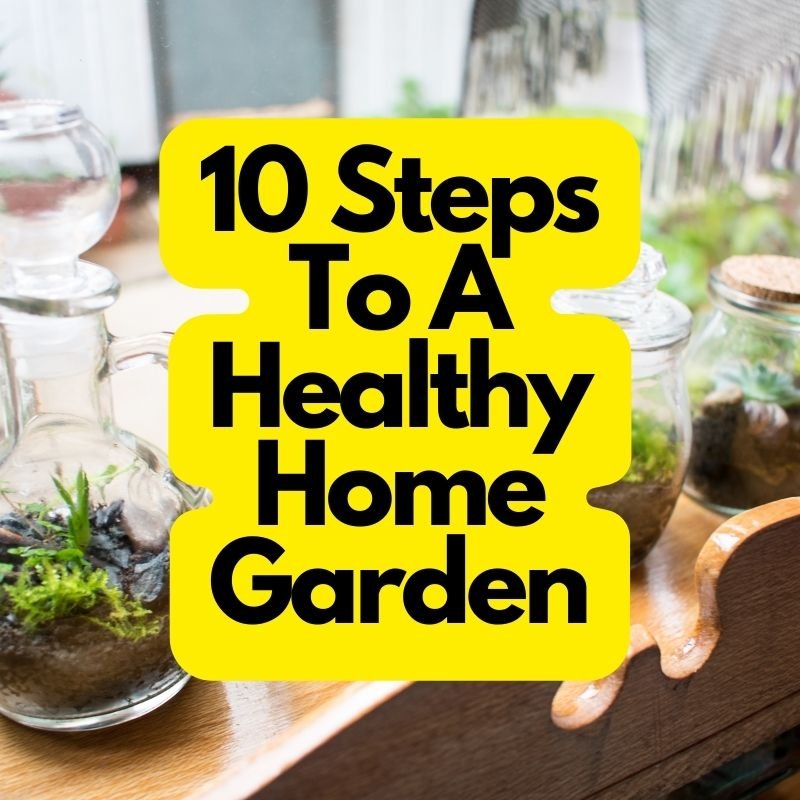Are you a fan of aromatic herbs? Look no further than the delightful chocolate mint plant! With its rich scent and refreshing taste, growing chocolate mint at home can bring a touch of deliciousness to your garden. In this article, we will guide you through the process of growing chocolate mint, providing you with care tips and techniques to ensure the success of your plant.
Whether you are an experienced gardener or a beginner, learning how to grow chocolate mint is a rewarding endeavor. Imagine stepping outside and being greeted by the invigorating aroma of chocolate mint as you tend to your garden. With our comprehensive care tips, you can ensure the health and vibrancy of your chocolate mint plant.
From selecting the right variety to cultivating and propagating, we will cover everything you need to know about growing chocolate mint. Join us as we explore the benefits and uses of this versatile herb and how it can enhance your culinary creations.
So, are you ready to embark on a chocolate mint growing journey? Get your gardening tools ready and let’s dive into the world of growing chocolate mint, where fragrance and flavor unite!
Choosing the Right Variety of Chocolate Mint
Before you embark on growing chocolate mint in your garden, it’s crucial to select the right variety that suits your preferences and garden conditions. Different chocolate mint varieties offer unique characteristics in terms of flavor, aroma, growth habits, and appearance. Here, we will explore some popular chocolate mint varieties and provide guidance on choosing the best one for your garden.
1. Peppermint Patty Chocolate Mint
Peppermint Patty Chocolate Mint, as the name suggests, combines the refreshing flavor of peppermint with a hint of rich chocolate undertones. Its deep green leaves are enhanced with dark purple veins, adding visual interest to your garden. This variety thrives in full sun to partial shade and is known for its vigorous growth.
2. Chocolate Mint Chip
If you’re looking for a chocolate mint variety with a more pronounced chocolate flavor, Chocolate Mint Chip is a perfect choice. This variety features dark green leaves with reddish stems, creating an attractive contrast in your garden. It prefers a slightly shaded area with moist, well-drained soil.
3. Chocolate Mint Julep
Chocolate Mint Julep is a unique variety that combines the delightful taste of mint with a hint of sweet, icy freshness. Its light green leaves are highlighted by white variegation, giving it a striking appearance. This variety thrives in moist soil and prefers partial shade.
“Choosing the right chocolate mint variety can enhance the flavor and aroma of your culinary creations while adding visual interest to your garden.” – Gardening expert, Jane Collins
When selecting a chocolate mint variety, consider your climate, sunlight availability, and preference for flavor intensity. Some varieties may be more suitable for cooler regions, while others can tolerate hot and humid conditions. Additionally, take into account your garden space and whether you prefer a spreading or clumping growth habit for your chocolate mint plants.
By choosing the right variety of chocolate mint, you can ensure a successful and rewarding growing experience. Whether you aim to use it in refreshing beverages, delicious desserts, or as a fragrant addition to your garden, the carefully selected chocolate mint variety will elevate your culinary creations and delight your senses.
Tips for Growing Chocolate Mint
Once you have selected your chocolate mint variety, it’s time to learn how to grow and care for it. Follow these tips and techniques to ensure your chocolate mint plant thrives.
1. Planting
To start growing chocolate mint, choose a location that receives partial shade or full sun. This herb thrives in well-draining soil with a pH range of 6.0 to 7.0. Before planting, prepare the soil by loosening it with a garden fork and removing any weeds. Dig a hole slightly larger than the root ball of your chocolate mint plant, place it in the hole, and gently firm the soil around it.
2. Watering
Chocolate mint plants prefer consistently moist soil. Water your plant regularly, making sure the soil is evenly damp. Avoid overwatering, as it can lead to root rot. Mulching around the plant can help retain moisture and prevent weed growth.
3. Pruning
To keep your chocolate mint plant bushy and prevent it from becoming leggy, regularly prune it. Pinch off the top leaves and stems to promote lateral growth. You can also trim back any overgrown or damaged branches. Pruning not only helps maintain the plant’s shape but also enhances its overall health.
4. Propagation
Propagating chocolate mint is an easy and cost-effective way to expand your plant collection. You can propagate it through stem cuttings or division. To propagate through stem cuttings, snip a 4-6 inch healthy stem from your existing plant, remove the lower leaves, and place it in a container filled with damp potting soil. Keep the soil moist, and roots should develop in a few weeks.
5. Harvesting and Using
Your chocolate mint is ready for harvesting once it has established itself and grown a decent amount of foliage. To use the leaves, simply snip them off with a pair of scissors. The leaves can be used fresh or dried for culinary purposes such as flavoring teas, desserts, and savory dishes. They can also be used in homemade beauty products, infused oils, and herbal remedies.
Incorporate these care tips and techniques into your chocolate mint growing routine to enjoy the abundant delights of this aromatic herb. Whether you’re a seasoned gardener or new to plant cultivation, growing chocolate mint will surely bring a touch of freshness and flavor to your garden and culinary creations.
Benefits and Uses of Chocolate Mint
Chocolate mint, with its delightful aroma and flavor, offers a range of benefits and versatile uses that go beyond just culinary enjoyment. Let’s explore the various ways you can benefit from this aromatic herb.
Medicinal Benefits of Chocolate Mint
The chocolate mint plant has long been used for its medicinal properties. It contains essential oils that have been found to aid digestion and relieve symptoms such as indigestion, nausea, and bloating. The soothing aroma of chocolate mint can also help alleviate stress and anxiety, promoting relaxation and improving overall well-being.
Culinary Uses of Chocolate Mint
When it comes to culinary uses, chocolate mint adds a unique twist to both sweet and savory dishes. Its refreshing flavor pairs well with chocolate, making it an excellent addition to desserts like brownies, ice cream, and hot cocoa. You can also infuse chocolate mint leaves in tea or create flavorful syrups, dressings, or marinades.
“The refreshing taste and aroma of chocolate mint elevate any dish, adding a touch of indulgence and sophistication.” – Chef Maria Ramirez
Companion Planting with Chocolate Mint
In addition to its culinary and medicinal benefits, chocolate mint is also known for its usefulness in companion planting. Planting chocolate mint near certain vegetables and herbs can help repel pests and attract beneficial insects like bees and butterflies. It can also provide shade and act as a natural groundcover, helping to retain moisture in the soil.
- Companion plants for chocolate mint:
- – Tomatoes
- – Cabbage
- – Broccoli
- – Peppers
- – Basil
- – Lavender
- – Marigold
By incorporating chocolate mint into your garden, you can enhance the growth and health of your other plants while enjoying the aromatic benefits it offers.
As you can see, the benefits and uses of chocolate mint extend far beyond its delightful scent and taste. Whether you’re utilizing it for medicinal purposes, experimenting with culinary creations, or incorporating it into your garden, chocolate mint is a versatile herb that adds both beauty and flavor to your life.
Conclusion
In conclusion, growing a lush chocolate mint plant at home is an achievable and rewarding endeavor. By following the tips and techniques outlined in this article, you can create a thriving garden filled with the aromatic beauty of chocolate mint. Incorporate this versatile herb into your culinary creations and experience the delightful benefits it has to offer. Start your chocolate mint growing journey today!
FAQ
How do I grow a chocolate mint plant?
To grow a chocolate mint plant, start by selecting a suitable location with partial shade. Plant the chocolate mint in well-drained soil and water it regularly, keeping the soil evenly moist. Chocolate mint can be grown from seeds, cuttings, or purchased plants. With proper care and maintenance, your chocolate mint plant will thrive and provide you with its delightful aroma and flavor.
What are some popular varieties of chocolate mint?
There are several popular varieties of chocolate mint, including ‘Chocolate Mint’, ‘Peppermint’, and ‘Variegated Chocolate Mint’. Each variety has its own unique characteristics and flavors. Consider your growing conditions and preferences when choosing the right variety for your garden.
How do I care for my chocolate mint plant?
To care for your chocolate mint plant, make sure it receives enough water to keep the soil moist but not waterlogged. Fertilize the plant with a balanced organic fertilizer every few weeks during the growing season. Regularly prune the plant to promote bushier growth and prevent it from becoming invasive. Additionally, you can propagate chocolate mint by taking stem cuttings and rooting them in water or soil.
What are the benefits and uses of chocolate mint?
Chocolate mint offers various benefits and versatile uses. It is known for its soothing and calming properties and can be used to make herbal teas or infused oils. In the kitchen, chocolate mint can add a hint of minty freshness to desserts, beverages, and savory dishes. It also works well as a companion plant, attracting beneficial insects and repelling pests in the garden.










